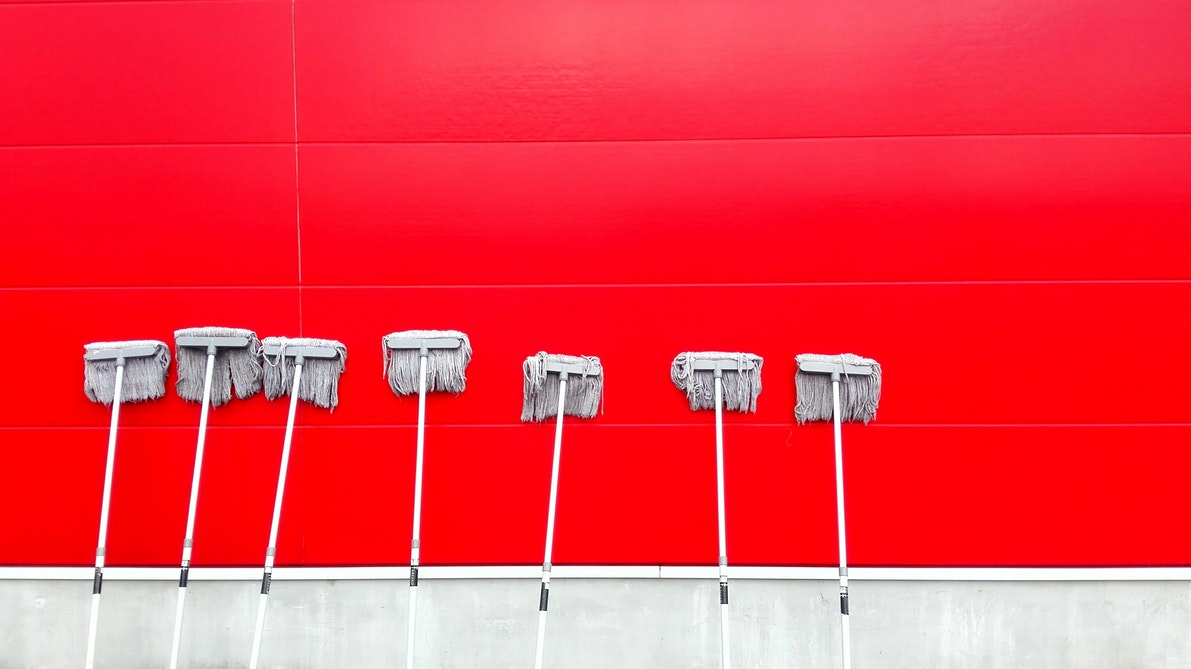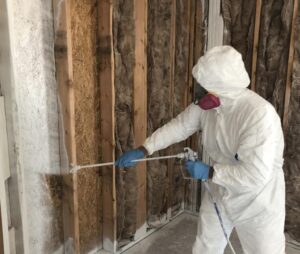 There’s something about the fresh start of the new year. I feel like this is the time I’m more motivated to become more organized in every area of my life. Whether it be buying a new planner or deep cleaning my house and re-organizing my pantry, I’m ready to get my life super organized.
There’s something about the fresh start of the new year. I feel like this is the time I’m more motivated to become more organized in every area of my life. Whether it be buying a new planner or deep cleaning my house and re-organizing my pantry, I’m ready to get my life super organized.
Since this is common for many people in January, I thought we would go over some common places for mold growth for you to keep in mind if you plan to deep clean your home soon.
Mold colonies only need moisture and a food source to thrive and because the organism isn’t a very picky eater. It can find a snack on almost any surface but particularly loves items like cardboard, paper, wood and fabric.
However, all of this information is useless to you if you don’t know where to look for mold.
Mold grows quickly and what’s worse is that it often grows in areas that aren’t normally in our everyday line of sight. Let’s get into some of the places our least favorite fungi likes to grow.
Popular Areas for Mold Growth
Basements and Attics
Let’s hit the most popular areas first and those are our attics and basements. Mold searches out moisture and both of those areas have a great deal of moisture because of where they’re located in our homes.
In the attic, there isn’t a great deal of air circulation. Couple that with the extreme temperature swings as it heats up during the day and cools down once the sun sets and you have a perfect environment for mold.
In your basement, with it being underground, it lends itself to a higher moisture content. Dark, damp places are ideal spots for mold growth and your basement is no different.
Both of these rooms in your home are probably not ones you visit on a regular basis (unless it’s a finished basement) and mold can quickly grow to problematic levels. While you complete the deep clean of your home, give both of these areas a very thorough spot check for mold. You might luck out and find no mold, but if you’ve had any recent water events (like a flooded basement or leaky roof) and there’s a very good chance mold has made itself at home in your home.
Make sure you check in all the dark corners and look for any possible cracks in the foundation in your basement and leaks in your roof. If you find any, repair them as soon as possible. Once you’ve made the necessary repairs and removed any mold found, do regular spot checks of both rooms. This will allow you to keep an eye on the areas and catch any mold growth before it gets out of hand.
Bathrooms and Laundry Rooms
Do you know what both of these rooms have in common?
Both rooms have direct sources to water which have the ability to leak. What’s worse is that the plumbing runs through the walls of your home and if the leak is unseen, mold can even grow inside those walls.
Pay attention to any abnormal, musty odors in those rooms. Mold colonies give off a very distinct smell and if detected, is a very good sign you have mold growth in those rooms.
Keep your eyes open for any dark spots on your walls as well. While mold comes in a variety of colors, the most common color is a dark green or black. If you notice any unsightly stains on your walls there’s a chance you might have mold.
While bathroom mold is very common it can usually be taken care of with a homemade removal solution made up of white vinegar and baking soda. This easy solution is perfect for a deep clean as the contents have the ability to get to the bottom of they mold colony. Add an extra spray once all the mold is gone and let it dry for an added boost of of protection.
Carpets and Rugs
When we recently moved into our new house, one of the biggest things I was excited about was the lack of carpet. While it might be softer on your feet, it’s actually a perfect habitat for mold. Anytime your carpet comes in contact with any moisture whether it be from a pet or from someone coming in from a rainy day with their shoes on, that moisture provides a cozy spot for mold to make itself at home.
Not only that, most carpet contains an ingredient known as cellulose and while mold might not be a picky eater, it certainly has a favorite food which is cellulose. If your carpet becomes wet, that moisture can seep down into the carpet padding below.
While doing your deep clean, if you suspect you have mold because of a higher moisture content in the room or a musty odor, it can be helpful to take a closer look at your carpet. The odor will be stronger the closer it is to the mold colony so use your nose.
If you discover mold in the early stages, only a small patch of carpet might be affected but the longer you wait, the bigger the mold colony has the potential to grow.
Professional Services
There are many times when mold growth is a problem you can easily solve on your own. Other times, you might need to contact a professional service like Mold Solutions. Our team of professional mold remediation specialists will answer any questions you have. If they feel like you need a professional touch, they’ll help devise a plan that works on your timeline. Don’t let mold get the best of you in 2019! Contact us today!








